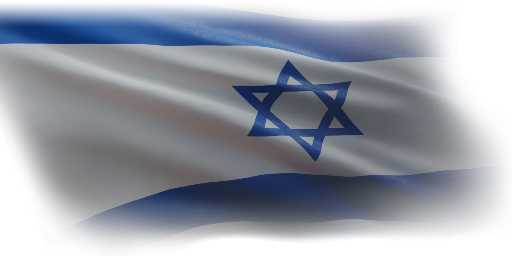
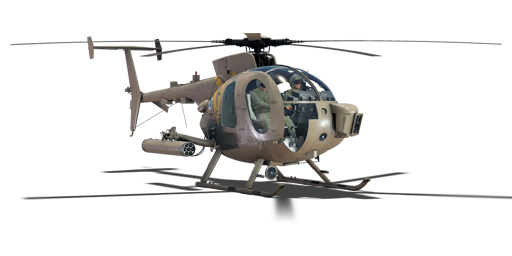


The Lahatut was acquired by the IAF after the Yom Kippur War being a very attractive option to increase the number of attack helicopters in service at a relatively low cost. The IAF already operated the Bell AH-1 Cobra. The IAF purchased a total of 36 units, 32 after live firing trials in 1977 and 6 more in 1984 after the first delivery was completed. In IAF service, the MD-500 was equipped with a turret mounted electro-optical sight and four TOW missiles, two on each side of the fuselage, although these could be replaced by rocket launchers. The Lahatut has been used in counterterrorist operations in Southern Lebanon and in raids in Palestinian territory. They also engaged Syrian armour at the Beirut-Damascus highway, in one of the largest tank battles in Israeli history.
It was introduced in Update "Danger Zone". The MD-500TOW platform is characterized for its mobility, agility and in general being a very nimble helicopter. The Lahatut's biggest asset is its size: being a small target compared to similar BR helicopters like the Mi-8TV, Tzefa B and Mi-24D, it's much harder to be detected or hit by enemy SPAA, which starts to become increasingly dangerous and precise around Rank V with the introduction of ground radars. The Lahatut can be armed with two main weapons: 14 x Hydra 70 rockets or 4 x BGM-71D TOW-2 missiles. The TOW-2 is one of the fastest helicopter based ATGMs at its BR with 329 m/s of speed, this, paired with its excellent handling, makes it very easy to set up ambushes and attacks close to the frontline.
| Name | Weight | Slot | ||||||
|---|---|---|---|---|---|---|---|---|
| 7 × | 101.1 kg | 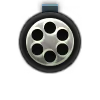 |  | |||||
| 19 kg | 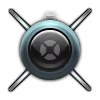 |  | ||||||
| 2 × | 38.1 kg | 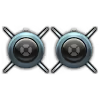 |  | |||||
| 2 × | 42.9 kg | 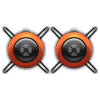 |  | |||||












Flight performance |
|---|
Survivability |
|---|
Weaponry |
|---|